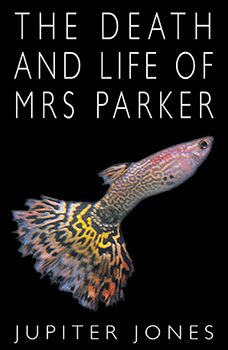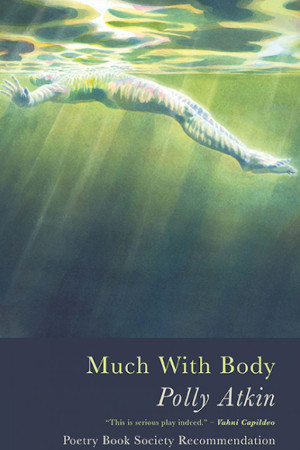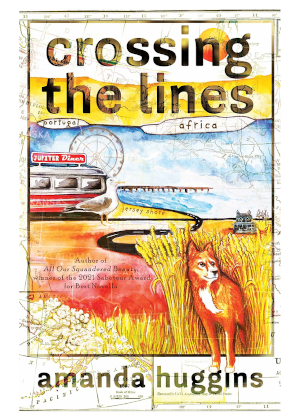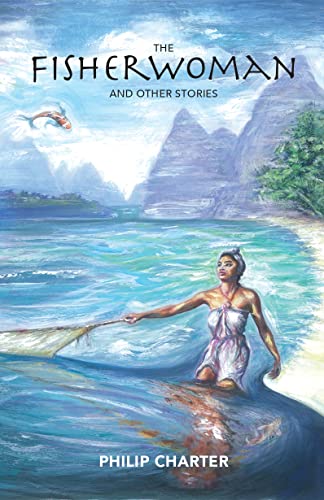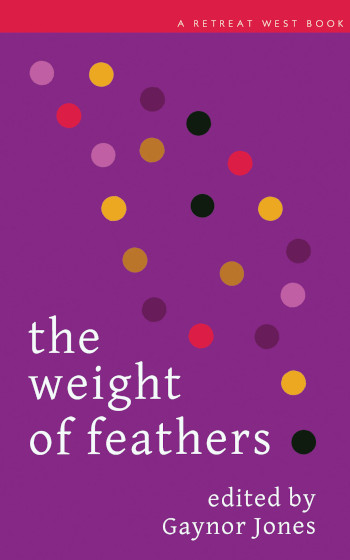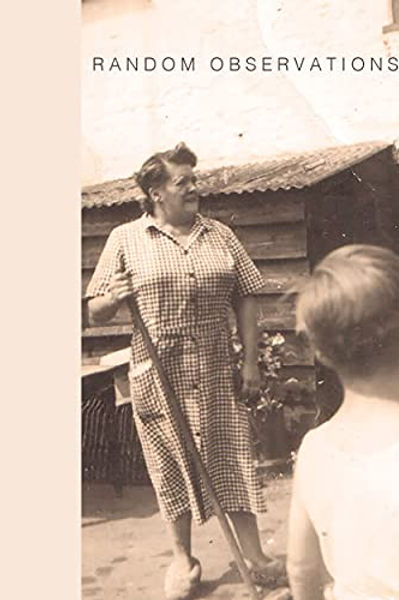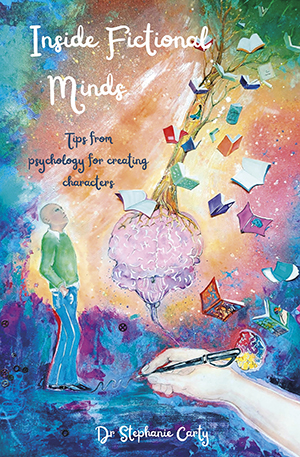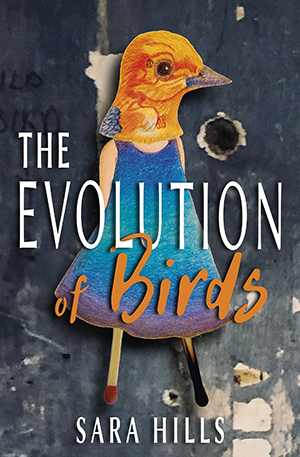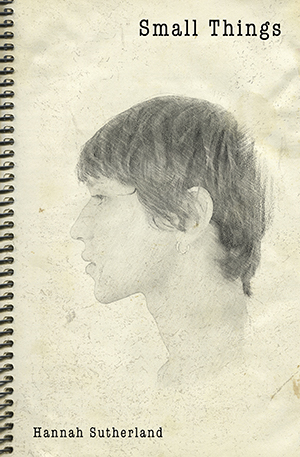 Book Balm recommendation: read when you want to taste the bitter-sweetness of love entwined with loss.
Book Balm recommendation: read when you want to taste the bitter-sweetness of love entwined with loss.
Despite its title, Hannah Sutherland’s novella is all about the biggest things in life: friendship, true love, family and loss. Meet Jude, eighteen years old, and as drunk as his dad, Paddy is notorious for being. Now meet Madeline, the young woman who will one day become Jude’s mum. Slip-sliding deftly back and forth through time, each chapter presents a different moment from the lives of four people: Madeline, Paddy, Jude’s beloved best friend Kit and Jude himself, the glow at the centre that the other three orbit around.
There’s so much hope, affection and heartbreak woven into these strung-together stories that at times it’s almost hard to bear. Vulnerability is vividly drawn, not least in The character assassination, a goosebump-inducing account of a parents’ evening in which Jude observes as “Mammy raises her chin and puts on a façade of confidence, seemingly unbothered, which Jude knows will tire her to bed for the next few days.”
This is also our first meeting with Kit, and subtly indicates what these two boys will mean to one another.
Sutherland has a knack for seeding in truths you’ll understand without needing them spelled out, and barely aware of the clues you’ve absorbed until they accumulate and you feel as though you’ve always known.
We, Kit and Jude, invincible captures the exquisite verve and naivety of youth: “We cycle for hours, doing everything and nothing. We build a den in your garden (…) Place your beloved tartan blanket over the top, a temporary sky for us to gaze up at.”
You is a gorgeously tender chapter, written with sparkling honesty from Kit to Jude. “You walk up to me and there’s something inside me, like a butterfly, or a bursting burn, a volcano on the brink, fluttering, rumbling…”
This method of writing directly from the heart of one character to another places us directly at the hub both of action and contemplation. It makes us privy to much that is left unspoken, which gives us an omnipotent view that I found made me care deeply for the key players.
The yearning to and impossibility of protecting those we care for from all harm shines throughout too, heightening the potency of the varieties of love encompassed here. At times you may want to pause to fully absorb the emotions rising from these pages.
Challenging topics pattern scenes like wallpaper, often visible on the peripheral without demanding your full attention. Madeline’s mental illness and grief for her “halfway babies” is explored gently through both Madeline and Jude, as well as bonding Jude to Kit, who has his own “halfway sister.” This shared understanding of what’s it’s like to be framed in the light of those lost is written with startling surety, delivered alongside the understated but distressing revelation of the threats Kit faces at home, with the “bruises on his wrist. choking it like an ugly beaded bracelet.”
Many of the titles speak volumes by themselves. Examples include Losing your virginity, yourself and your preferences.
Paddy’s love for Madeline draws a ‘before and after’ line diagonally through this complex and rich novella, evoking empathy in his less dignified moments.
But it’s the purity of Jude’s feelings for Kit that will stay with you, longing for the innocence of a childhood garden den with a tartan blanket keeping all the world’s dangers firmly at bay.
Small Things by Hannah Sutherland is published by AdHoc Fiction. Buy your copy.
This book was given to me in exchange for a fair review.
Seen or read anything interesting recently? I’d love to know. I’m always happy to receive reviews of books, art, theatre and film. To submit or suggest a review, please send an email to judydarley (at) iCloud.com. Likewise, if you’ve published or produced something you’d like me to review, please get in touch.
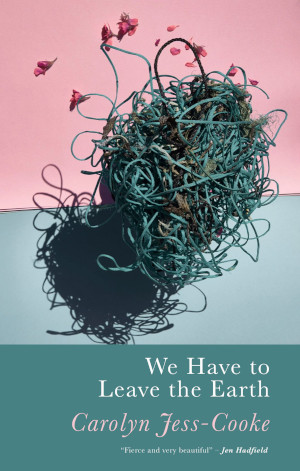 Book Balm recommendation: Read to immerse yourself in wonder.
Book Balm recommendation: Read to immerse yourself in wonder.
